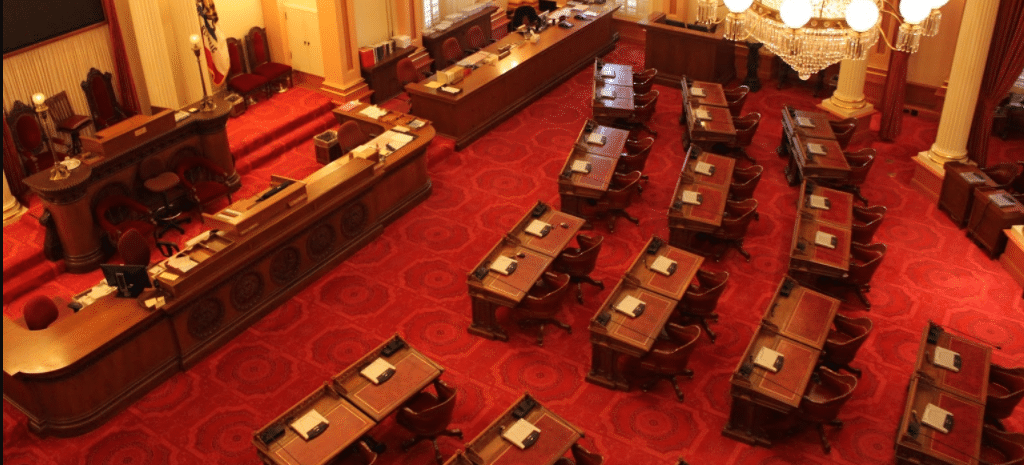California has put its utilities on notice: When you’re putting together your next integrated resource plans, you’d better have non-gas generating options for meeting peak demand. That’s what Governor Jerry Brown mandated to utilities when he signed Senate Bill (SB) 338 into law yesterday.
SB 338 requires the California Public Utilities Commission (CPUC) and all other locally owned utilities to start planning to meet their net-load peak energy and reliability needs with alternatives to fossil-fuel generating plants, while also providing the electricity at the lowest cost to consumers.
The rule applies to any public utility with more than 700 gigawatt-hours of annual demand and demands that this be part of integrated resource plans (IRPs) from all utilities, which are updated every five years. The bill comes as part of the state’s mandate to get at least 50% of its electricity from renewable sources by December 31, 2030 (a bill this year designed to move that number to 100% failed to make it out of committee).
What previous law did not require was mandated planning for what the state hopes will someday be a fossil fuel free future. SB 338 attempts to address the infamous solar “duck curve,” a graph of power production that reveals the gap between peak demand times and the times when solar electricity is being produced.
Most consumers, for example, use the most electricity in the evening after the sun goes down, which naturally limits or eliminates the utility of solar modules. Where significant amounts of solar have been installed, non-renewable energy sources must carry the burden at those times, setting up a graph that looks like a side view of a duck. By mandating non-gas generating options, SB 338 forces utilities to seek other peak-time remedies like battery storage.
The CPUC seems to be on board with the requirements, having recently rejected not one but two gas peaker plants recently. On Sept. 28, the CPUC rejected unanimously an extensive refurbishment of the Ellwood Peaker Power Plant and ordered a re-evaluation of its former approval of the Puente Peaker Power Plant. On October 5, the CPUC also rejected the construction of Puente.
Brown also signed Assembly Bill 1070, which simplifies and standardizes the necessary disclosures for all residential solar customers, enacting long-sought consumer protection measures.
This content is protected by copyright and may not be reused. If you want to cooperate with us and would like to reuse some of our content, please contact: editors@pv-magazine.com.








By submitting this form you agree to pv magazine using your data for the purposes of publishing your comment.
Your personal data will only be disclosed or otherwise transmitted to third parties for the purposes of spam filtering or if this is necessary for technical maintenance of the website. Any other transfer to third parties will not take place unless this is justified on the basis of applicable data protection regulations or if pv magazine is legally obliged to do so.
You may revoke this consent at any time with effect for the future, in which case your personal data will be deleted immediately. Otherwise, your data will be deleted if pv magazine has processed your request or the purpose of data storage is fulfilled.
Further information on data privacy can be found in our Data Protection Policy.